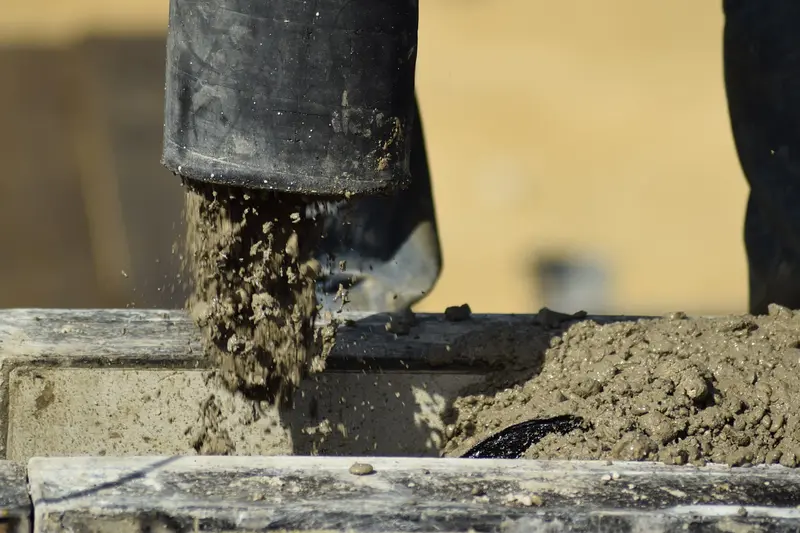The invention by researchers at the Royal Melbourne Institute of Technology (RMIT) in Australia will help simultaneously solve several problems.
Every year, an astonishing number remains in the world. coffee waste 10 billion kilograms. Most of it ends up in landfills.
“The disposal of organic waste is an environmental issue, as it leads to the emission of a large amount.” greenhouse gases “specifically methane and carbon dioxide, which contribute to climate change,” noted RMIT research engineer Rajiv Roychand.
The rapid growth of construction worldwide is driving up the demand for resource-intensive concrete. This also creates environmental problems. “The extraction of natural sand around the world (usually from riverbeds and shorelines) to meet the growing needs of the construction industry significantly impacts the environment,” emphasized Jie Li, a research engineer at RMIT.

He told. ScienceAlert There are currently “critical and long-term issues regarding sand supply due to resource limitations and the impact of sand extraction on the environment.” The university team believes it is essential to prevent organic waste from reaching landfills and advocates for the conservation of natural resources such as sand.
What did the scientists learn?
Organic products, such as coffee grounds, cannot be added directly to concrete, as they release chemicals that weaken the strength of the building material. Therefore, using low energy levels, the research team heated the coffee waste to temperatures above 350 °C, depriving it of oxygen.
This process is called pyrolysis. It breaks down organic molecules, resulting in a porous, carbon-rich charcoal known as biochar. It can form bonds and integrate into a cement matrix.
Mr. Roychand and his colleagues also attempted to pyrolyze coffee grounds at a temperature of 500 °C, but the resulting biochar particles turned out to be not very strong.
Researchers have warned that they need to assess the long-term strength of their cement product. They are currently testing hybrid coffee cement for its behavior in freeze/thaw cycles, water absorption, and many other stress situations.

The team is also working on producing biochar from other organic waste, such as wood, food, and agricultural waste.
“Our research is currently in the early stages, but these exciting discoveries offer an innovative way to significantly reduce the amount of organic…” waste “that are sent to the landfill,” noted Shannon Kilmartin-Lynch, co-author of the study.
The results of the study were published in the Journal of Cleaner Production.
